The Kava Platform Review- A Comprehensive DeFi For Crypto & Cross Chain Platform
After a successful Binance IEO , Kava was launched in the last quarter of last year. Since then, the platform has been causing a fuss in the DeFi industry, and it’s projected to transform the entire crypto industry.
The project is looking to create the world’s first dedicated DeFi platform that will offer collateralized debt and stablecoins for all the leading crypto assets. Cosmos powers the project, which is built on the Tendermint core. Over 100+ business entities across the globe support Kava, including renowned crypto funds such as Arrington Capital and crypto projects such as Cosmos and Ripple.
This review will discuss in detail the features of the Kava platform, with insights on the team, products, long term cases as well as the adoption potential.
Kava Overview
Kava is the world’s first dedicated DeFi platform offering collateralized debt and stablecoins to owners of significant crypto assets ( BTC , BNB , ATOM, XRP, etc.). The platform allows users to collateralize their crypto assets in exchange for Kava’s stablecoin-USDX. The platform encompasses two tokens: KAVA and USDX. KAVA is a governance and staking token that functions to secure the network and also used for voting in governance. The USDX is an algorithmically maintained stablecoin backed by crypto asset collateral. Users enter collateralized debt positions (CDPs) after locking their cryptocurrency and receive USDX stablecoins in return.
In many ways, Kava can compare to Maker DAO since it offers a similar service. The significant difference between the two platforms is that whereas Maker supports only ERC-20 tokens i.e., ETH, Kava offers collateralized debt positions on any crypto coin.
Kava’s most notable product is the Kava Switch- a decentralized fast-finality blockchain that supports interoperable payment channel networks. This product is the first currency interface to the Interledger protocol and allows users to swap cryptocurrencies p2p without much trust.
Kava is also closely related to Cosmos since the Tendermint consensus engine-similar also powers it to Cosmos. Kava is built using the Cosmos SDK as a Proof-of-Stake blockchain that allows users to stake tokens and take part in the network as validators to provide governance.
The Technology Behind Kava
Kava, being a Collateralized Debt Position(“CDP”), leverages Interledger Protocol (ILP) technology to make it possible for users to exchange value between multiple crypto-assets. For instance, ETH and XRP on its mainnet.
KAVA blockchain uses the Tendermint PoS protocol operated by known validators. The top 100 validators provide consensus-based on the stake sizes. The block time on the KAVA blockchain is 1-3 seconds and uses the 33% BFT consensus percentage.
How Kava’s CDP Platform Works
Kava’s main product is its CDP Platform, which is projected to be launched on its Testnet in the first quarter of 2020. The CDP platform will provide means where users will collateralize their crypto assets and receive USDX in return.
The CDP Platform functions in a very similar way to Maker DAO. The main difference, however, is that the Kava CDP Platform allows users to collateralize several different assets apart from just Ethereum.
The functioning of Kava’s CDP platform is a process that can be categorized into five steps. There is also a sixth step if the debt-to-collateral value falls beyond the specified threshold. The steps are:
- Deposit Crypto – The first step is to deposit crypto to the Kava Platform. This is done through a web portal where a user connects their wallet to the Kava Platform and deposits directly.
- Create CDP- After a successful deposit, the platform accepts the cryptocurrency where it is locked in a smart contract as collateral.
- Create a Stable Coin – The user is then issued with a stablecoin loan (USDX) from the platform based on their CDP value.
- Close CDP – Users can repay their debt with a stability fee to unlock their collateral at any given time.
- CDP Auction – The system automatically liquidates (burns) all USDX stablecoin when the debt-to-collateral value drops below a specified threshold.
- Crypto Returned – Once users pay their debt, the system burns the stablecoin, and the user can access their collateral.
Kava Platform-Key Features
- Multicollateral Debt Positions- The Kava Platform accepts several crypto assets as collateral, including XRP, BTC, BNB, and ATOM.
- Self-issues Loans- Users can instruct the platform to issue loans to themselves. There is no need for a counterparty or credit score. It’s a decentralized finance platform which has no central authority.
- Stable-Coin- The loans are issued to the user in a USD-pegged stable coin USDX.
Kava Products- The KAVA Token
The KAVA token runs the platform, and the supply is capped at 100 million. KAVA token has two primary use cases- governance and staking validation.
Regarding governance, KAVA functions in a similar way to the MKR token in the Maker Dao Ecosystem. Owners of KAVA are empowered to vote on proposals to change the blockchain and system parameters when necessary. These parameters include changes in USDX’s total supply, the types of collateral accepted on the platform, and the collateral to debt ratios, among others.
KAVA employs the Tendermint consensus mechanism meaning that users can delegate their voting rights to validators, which will then secure the network. In exchange, users earn fees from the transactions as well as stability fees payable when closing the CDPs. The fees collected are usually dependent on the staked amount of KAVA. The APR for KAVA validator rises to a maximum of 20% when the staked amount is low. However, it drops to a minimum of 3% if there are a lot of users on the platform. Users running the validator nodes usually charge an additional commission for their services.
The Kava Dev Team
Kava’s development team has been working on the project since 2017 before its launch last year. The team is led by the CEO and co-founder, Brian Kerr. Scott Stuart is the Chief of Product and co-founder of the project. Ruaridh O’Donnell is the blockchain development lead and also the third co-founder of Kava. Kevin Davis is also part of the Kava Team and is the Lead Engineer with extensive experience in Data Science. The team is quite open and interacts extensively with the community through the Kava Labs telegram group and an official Twitter account.
KAVA Supported Exchanges & Wallets
KAVA currently supports multiple exchanges – Binance , MXC, Bitmax, Biki, and Bilaxy are some of the supported exchanges. On Binance, users can trade against Bitcoin, USDT , and Binance Coin, whereas on Bilaxy, you can only trade against Tether.
On to the supported wallets , KAVA is built on Cosmos; thus, users can comfortably use all wallets that list ATOM i.e., Lunie and Cosmotation. The Kava team is also reportedly working on deeper Trust Wallet integration, with staking of KAVA already available on Trust Wallet.
Kava Platform: Development & Roadmap
Since its mainnet launch (Q3 2019), Kava has undergone extensive development evidenced by intense coding activity on the Kava Labs GitHub , which has enabled the project to reach crucial developmental milestones. In 2020, Kava has laid a comprehensive roadmap that began with the launch of the CDP Testnet on February 5, 2020. Their 2020 roadmap looks as follows:
- Q2: Cross-chain assets in CDP system on mainnet
- Q2: Integrate custodial BTC Peg into CDP system Testnet.
- Q3: Integrate both custodial and non-custodial BTC Peg into CDP system mainnet.
2020 already looks like a busy year for the project, and it will be essential to see whether these milestones will be met in time. The development of these milestones will be posted on their official blog.
Final Thoughts on the Project
Kava is indeed an excellent DeFi project poised to transform the crypto industry for the better. Kava offers two main products: Kava Switch and CDP Platform. Kava switch allows users to swap cryptocurrencies based on different blockchains instantly. The CDP platform enables users to take collateralized loans based on several different cryptocurrencies. Unlike Maker DAO, which only supports ETH (ERC-20 Token), Kava can support several cryptos to the advantage of owners of a diversified portfolio. Kava’s mission is to provide DeFi benefits to users owning assets that may not be supported by other DeFi platforms e.g., BTC.
With a user-friendly interface as well as a supportive team, accessing DeFi for different assets is no longer a challenge, thanks to Kava. Nonetheless, the project is still at very early stages, and its success will be based on the ability of the project to uphold decentralization by employing a broad range validator and also the ability of the platform to accumulate enough liquidity to keep USDX stable.
The post The Kava Platform Review- A Comprehensive DeFi For Crypto & Cross Chain Platform appeared first on Crypto Adventure.




